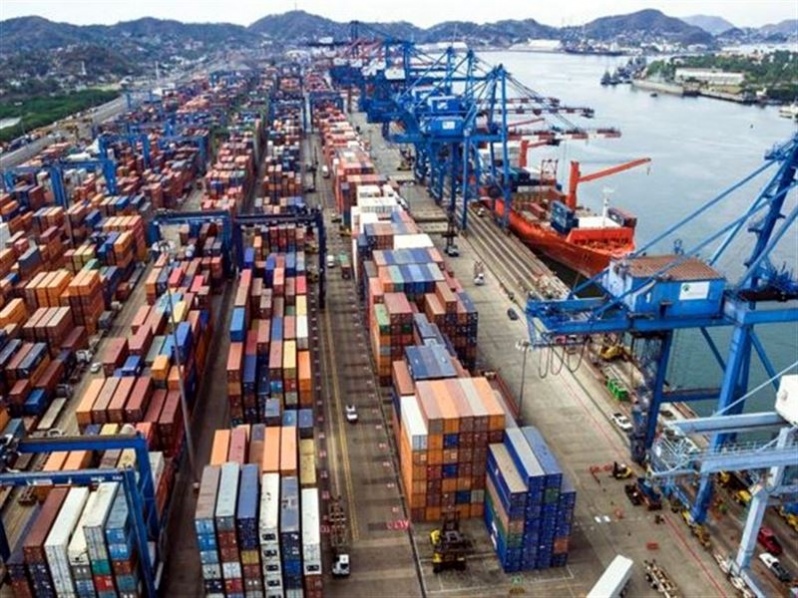Tokyo, Japan — Japan’s exports to the United States dropped by nearly 2% in April, as elevated tariffs imposed by the U.S. government under President Donald Trump continue to strain bilateral trade. The decline marked a turning point for Japan’s trade balance, which returned to a deficit after three months in surplus.
The Ministry of Finance reported a trade deficit of ¥115.8 billion (€710 million) for April, a sharp reversal from the ¥504.7 billion (€3 billion) surplus recorded a year earlier. Total export growth also slowed to 2% year-on-year—down from 4% in March—while overall imports slipped 2.2%. Imports from the U.S. alone plunged more than 11%.
The slump in exports raises fresh concerns over Japan’s economic outlook, following a 0.7% GDP contraction in the previous quarter. Vehicle exports, a major contributor to Japan’s economy, were particularly hit, falling nearly 6% compared to the previous year.
Japan has urged Washington to reconsider the tariffs, but negotiations have yet to yield results. The Trump administration’s 25% levy on auto imports—still in effect despite some tariff relaxations—has especially hurt Japan’s automotive sector. According to S&P Global Ratings, Japanese automakers face “increased operating costs and potential revenue losses” due to their reliance on international production and supply chains.
The stronger Japanese yen has added to the export challenges. The currency is now trading at around ¥144 to the U.S. dollar, compared to ¥155 a year ago, reducing the value of overseas sales in yen terms.
Despite difficulties with U.S. trade, Japan has seen modest gains in exports to Southeast Asia. Meanwhile, Economic Revitalization Minister Ryosei Akazawa is scheduled to visit Washington for a third round of trade talks, expected to take place over the coming weekend.




